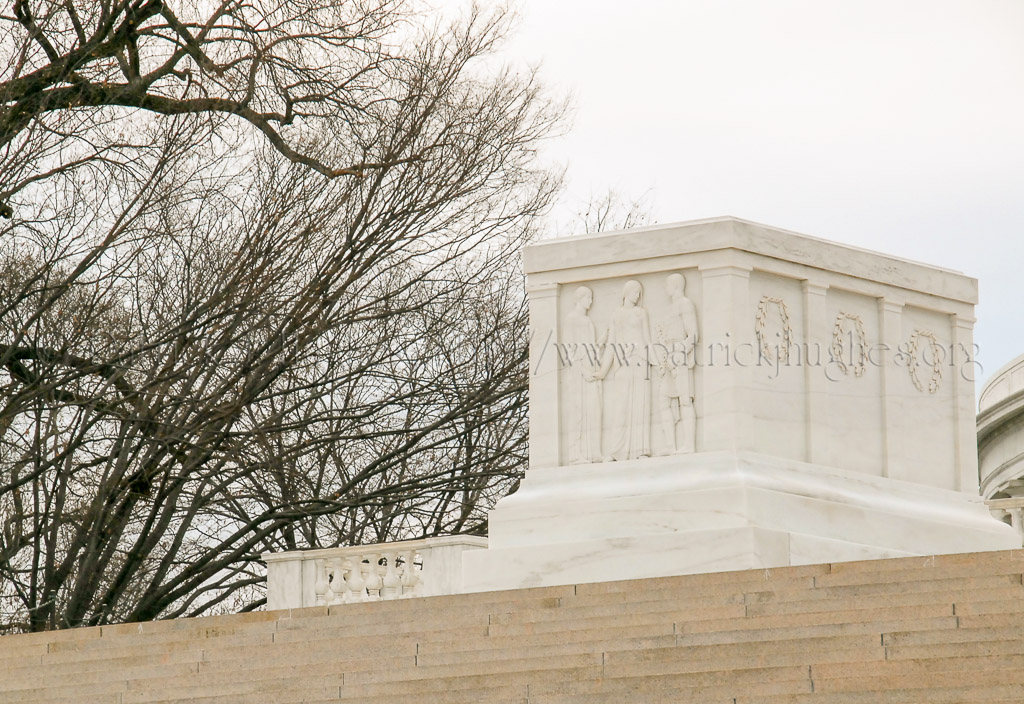Under authority of Public Law 429, 79th Congress, Approved 24 June 1946. 13 Unknown Americans who lost their lives while serving overseas in the Armed Forces of the United States during World War II were exhumed from American cemeteries in Europe and Africa and shipped in identical caskets to Epinal, France. Major General Edward J. O'Neill, US Army, on May 12, 1958, solemnly chose from among these caskets one to be designated as the Trans Atlantic candidate Unknown. The remaining unknown Americans were reinterred. The remains of two unknown Americans were disinterred on April 15, 1958 from the National Cemetery of the Pacific, Hawaii, and four unknowns were disinterred from the Fort McKinley American Cemetery and Memorial in the Philippines. The six unknowns were then taken to Hickam Air Force Base, where on May 16, 1958, Colonel Glenn T. Eagleston, US Air Force, placed a white carnation lei, selecting the candidate Unknown to represent the Trans Pacific Phase of World War II. The five other caskets were reinterred. The candidate unknown was then transported to the cruiser Canberra where the final selection of the World War II unknown took place on the after-missile deck of the Canberra. Hospitalman First Class William R. Charette, the Navy's only active enlisted holder of the Medal of Honor, had the distinction of making the selection of the World War II unknown. After a moments hesitation he placed a wreath at the foot of the casket on his right. This was the Unknown of World War II. The unknown not selected received a sailor's burial at sea.


Share Share Tweet Share Pin It Email